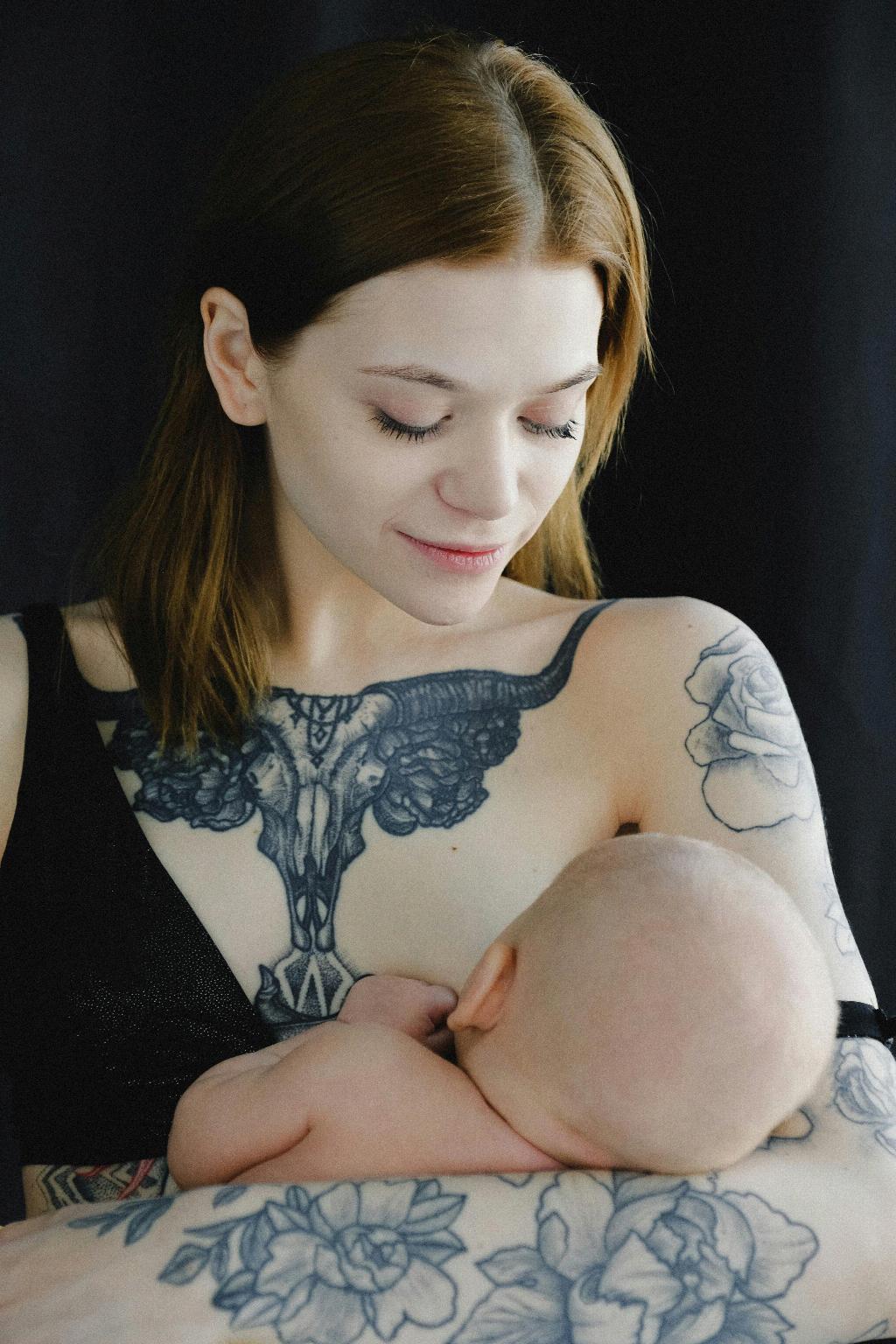When it comes to the appearance of nipples during breastfeeding, there are key indicators to observe that can help ensure a successful and comfortable feeding experience. One crucial aspect to consider is how the nipple looks when the baby detaches from the breast.
Roundness is Key
Ideally, your nipple should appear rounded after a feeding session. This rounded shape indicates that the baby has effectively latched onto the breast and has been able to nurse properly. If, on the other hand, your nipple appears flattened or angled after feeding, it may be a sign that adjustments are needed to achieve a better latch.
Signs of a Proper Latch
A rounded nipple post-feeding is a positive sign that your baby is effectively latched onto the breast, ensuring they are able to extract milk efficiently. It is important to pay attention to these visual cues as they can indicate the success of the feeding session.
Working Towards a Deeper Latch
If you notice that your nipple is flattened or angled after nursing, it could suggest that the latch is not as deep as it should be. A shallow latch can lead to discomfort for the mother and potential feeding challenges for the baby. It is essential to work on achieving a deeper latch to optimize the breastfeeding experience for both parties.
Starting on the Least Sore Side
Another helpful tip to enhance the breastfeeding process is to begin nursing on the side that is least sore. By starting on the more comfortable side, you can allow for a smoother start to the feeding session, which can be particularly beneficial if you are working on improving latch depth.
Ensuring Comfort and Effectiveness
Having rounded nipples post-feeding is not only a visual indicator of a successful latch but also plays a significant role in ensuring comfort and effectiveness during breastfeeding sessions. By paying attention to the shape of your nipples after nursing, you can make informed adjustments to improve the overall experience for both you and your baby.
Seeking Support and Guidance
If you are experiencing challenges with achieving a proper latch or noticing issues with the appearance of your nipples during breastfeeding, do not hesitate to seek support and guidance from a lactation consultant or healthcare provider. They can offer valuable advice and assist you in addressing any concerns you may have.
Importance of Persistence
It is important to remember that establishing a successful breastfeeding routine may require patience and persistence. By being attentive to the visual cues provided by your nipples and actively working towards achieving a deeper latch, you can enhance the feeding experience for both you and your baby over time.
Creating a Supportive Environment
Creating a supportive and nurturing environment for breastfeeding can contribute to a positive experience for both mother and baby. Taking the time to focus on achieving a proper latch and monitoring the appearance of your nipples post-feeding can help foster a comfortable and effective nursing relationship.
Embracing the Learning Process
Remember that breastfeeding is a learning process for both you and your baby. Each feeding session presents an opportunity to refine your techniques and improve latch depth. By approaching each nursing experience with attentiveness and a willingness to adjust as needed, you can support a successful breastfeeding journey.
Conclusion
In conclusion, paying attention to how your nipples look when breastfeeding can offer valuable insights into the effectiveness of the latch and the overall comfort of the feeding experience. Aim for rounded nipples post-feeding as an indicator of a successful latch, and be proactive in seeking support if you encounter challenges. With dedication and perseverance, you can optimize the breastfeeding process for both you and your baby.

